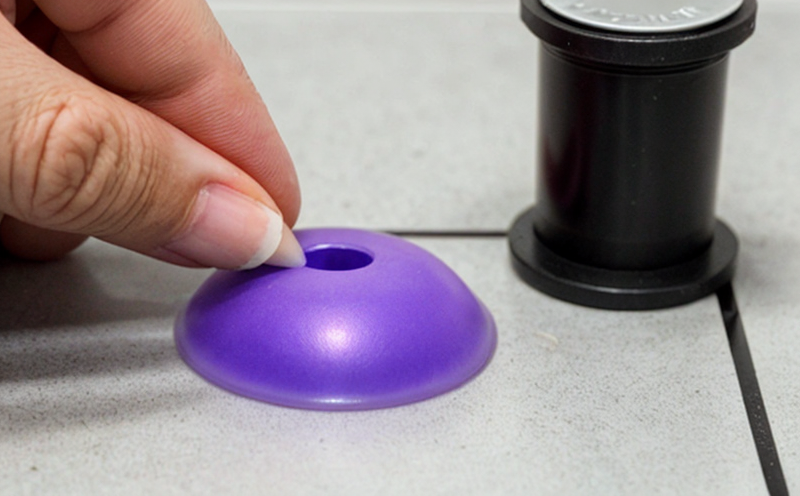DIN 66134 Single Point BET Evaluation of Powders
The DIN 66134 standard provides a method for determining the surface area and porosity of powders using the Brunauer-Emmett-Teller (BET) technique. This service is particularly valuable in sectors like nanomaterials, where understanding the surface properties of nanoparticles can significantly influence their performance and behavior.
The BET theory assumes that adsorption takes place on a porous solid with uniform pore size distribution. By measuring the amount of gas adsorbed at various pressures, it calculates the specific surface area of the powder. This method is widely used in quality control for nanomaterials testing to ensure product consistency and compliance with international standards.
For this service, we use advanced instrumentation that adheres strictly to DIN 66134 guidelines. The equipment can handle a wide range of samples, from fine powders to bulk materials, ensuring accurate surface area measurements. Our team prepares the samples meticulously, following strict protocols to minimize errors and ensure reliability.
The BET method is particularly useful for evaluating nanoparticles due to their extremely small size, which can greatly impact their surface-to-volume ratio and thus their reactivity. This makes it essential in industries such as electronics, pharmaceuticals, and environmental science where nanomaterials are used extensively.
Our service ensures that the results meet strict quality standards, providing a reliable measure of nanoparticle surface area which is critical for product development and regulatory compliance. The accuracy and precision of our measurements contribute to enhanced product performance and safety in various applications.
The DIN 66134 Single Point BET Evaluation not only aids in the scientific understanding of nanomaterials but also supports compliance with international regulations like ISO standards. This ensures that your products meet the highest quality and reliability benchmarks, which is crucial for maintaining a competitive edge in the market.
- Sample preparation: Ensures the integrity of the sample before analysis.
- Instrument calibration: Maintains the accuracy of the measurement instruments.
- Data analysis: Provides detailed reports on surface area and porosity.
- Quality control: Guarantees the reliability of the test results.





